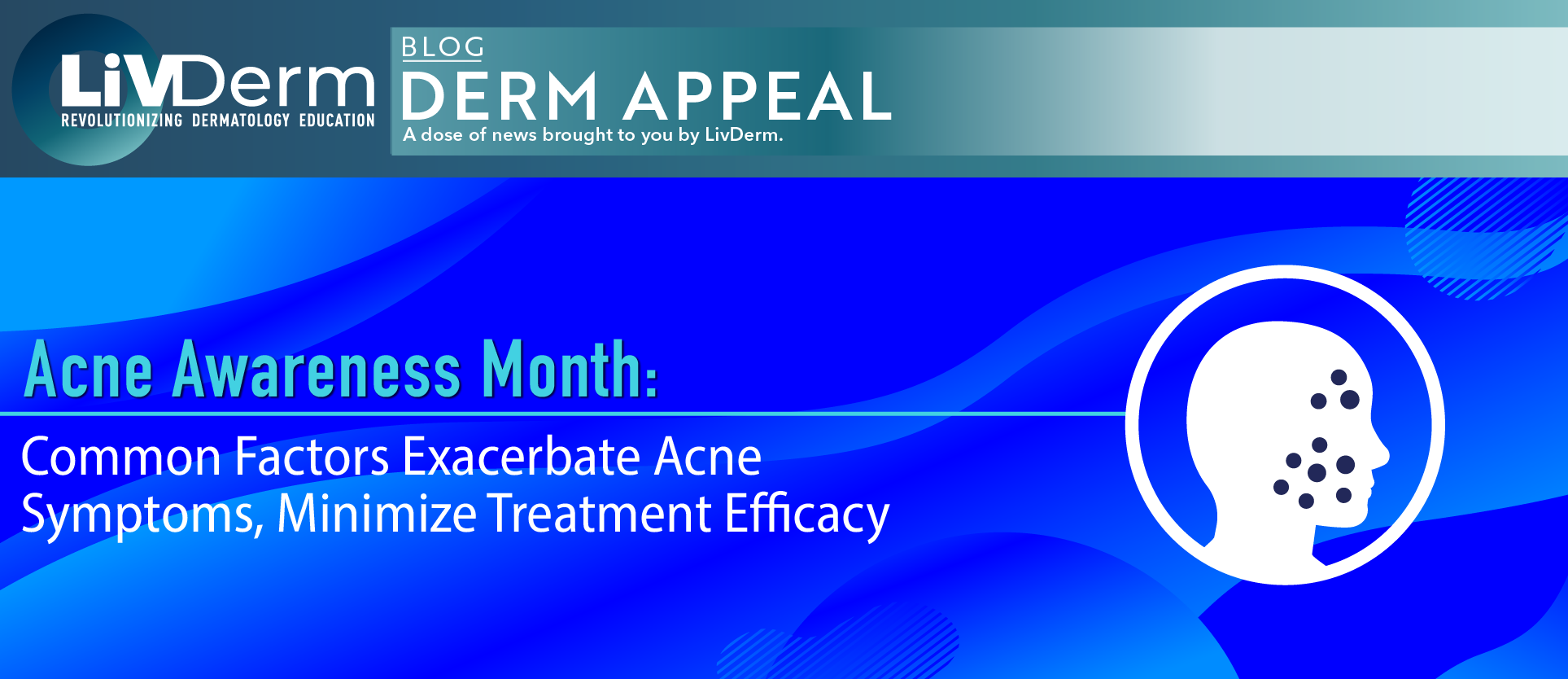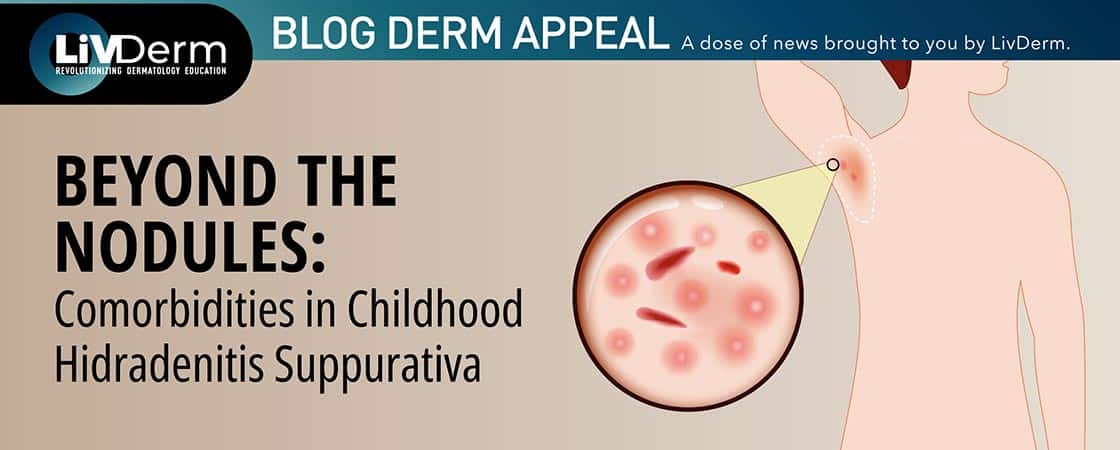June marks the beginning of Acne Awareness Month which aims to reduce stigma, spread awareness, and elucidate the available treatment options for the most common skin condition in the United States. As one of the most prevalent dermatological conditions affecting up 9.4% of the global population, acne vulgaris is known to be triggered by a variety of factors on an individual patient basis. Although the use of cosmetics is believed to be associated with the onset of acne symptoms, little knowledge is currently available concerning the cutaneous condition and cosmetic product use.
A recent survey reports that patients with treatment-resistant acne are more likely to utilize the double-cleanse method and to use a higher number of cosmetics relative to those with treatment-naive acne. The latest findings published in the Journal of Cosmetic Dermatology implicate that cosmetic products may influence the persistence of acne duration as well as symptom severity.
Evaluating Clinical Features of Acne
Researchers surveyed 539 patients with acne vulgaris who had visited 1 out of 3 total dermatologic clinics in Korea. One-third of the participating patients were men with a mean age of 24.2 years, the remainder were women with a mean age of 25 years. The mean age of acne onset was 17.1 years. The patient cohort completed a questionnaire that assessed the clinical features and exacerbating factors of their acne symptoms; the survey also investigated the patients usage of cosmetics. Finally, the team of researchers compared patients with untreated acne to those with acne who continued to experience symptoms.
Effect of Cosmetic Products and Cleansing Methods
According to the 38.1% of patients who experienced treatment failure, continued cosmetic use had exacerbated their acne symptoms. At the same time, 26.3% of untreated acne patients reported continued use of cosmetics had negatively affected their skin’s condition.
A much higher percentage of patients with persisting acne symptoms despite treatment reported they used an oil-and-water-based double-cleanse method compared with treatment-naive patients. Such cleansing methods have gained popularity in recent years and have been increasingly recommended to patients with an emphasis on skin clearing, tone, and texture improvement, however, the practice may not be beneficial for all patients.
In addition, patients who experienced treatment failure indicated that they used a higher number of cosmetics, including foundation, compact foundation, liquid foundation on sponge, concealer, and blush.
The authors acknowledged limitations pertaining to their study, which were the inclusion of only Korean patients and lack of adjustment for retinoid use. Additionally, the cohort was relatively small and future studies will need to evaluate the effects of cosmetic products on treatment resistant acne in a larger and more ethnically diverse cohort.
As the latest findings reveal, patients should be cautioned to minimize their use of cosmetics, especially in acne patients with a history of prior treatment failures. Experts call for further investigation of the relationship between acne symptoms and cosmetic ingredients or formulations that could adversely affect the condition and skin health overall. In the meantime, the results highlight the need to revisit treatment plans in cases of treatment resistance placing an emphasis on the elimination of potentially aggravating factors.

















